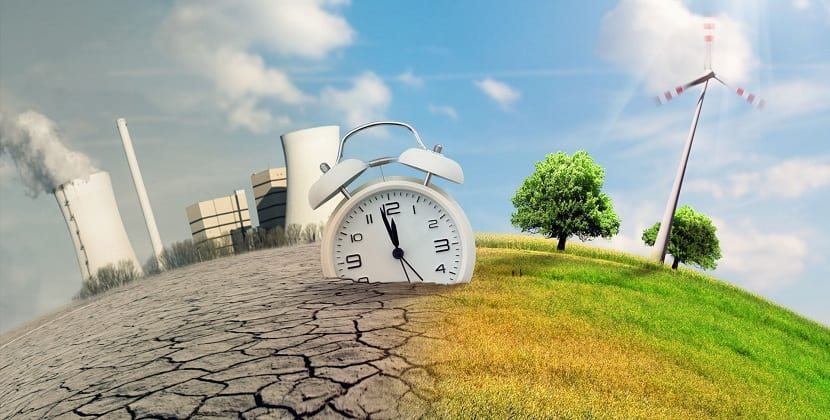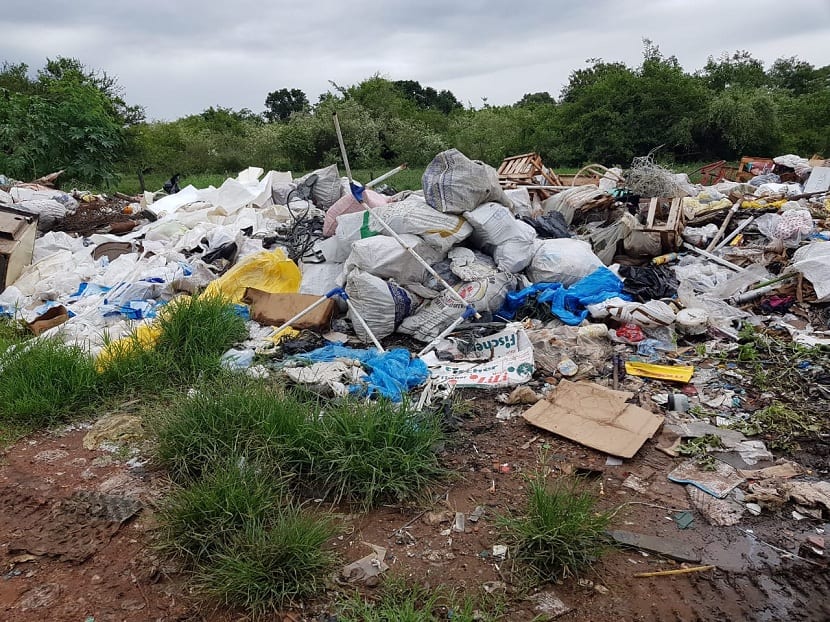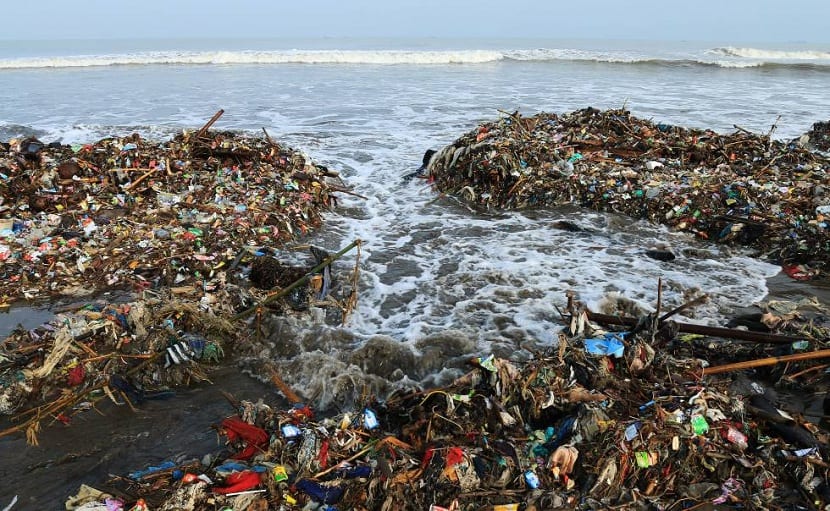
When human beings perform certain actions on the environment, they have an impact. This impact can be negative or positive, although the very word "impact" makes it appear that it is something negative. If the action we take on the environment is something that benefits it, it will be positive. If, on the contrary, it contaminates, degrades it and, in general, is damaging it, we will say that it is negative. This is how we are going to deal with everything related to environmental impacts.
If you want to learn what environmental impacts are and which ones are positive or negative, this is your post.
Negative environmental impacts

We are going to start by describing the environmental impacts that seriously harm the environment and human health. Here we are not only talking about damage to plants and animals, but these impacts also have an effect on humans. Normally, the decisions that are made to reducing negative environmental impacts are more to protect human health than to protect the natural environment.
The main consequences of these impacts are the pollution of the planet in general. We can see contamination of water, soil, air, destruction of ecosystems, fragmentation of habitats, etc. All this leads to an increase in diseases, loss of biodiversity and health problems in both flora and fauna and humans.
According to time and its effect, these negative environmental impacts are classified as:
- Temporary. They are impacts that have a short-term effect. Faced with these effects, the medium can recover on its own.
- Persistent On the contrary, they have a long-term and lasting effect in time and space. They are more difficult to treat.
- Irreversible. As the word indicates, they have such magnitude that they generate a permanent impact on the environment and on the living beings that are in it.
- Reversible. It is an impact from which the natural environment could recover (although not completely) both in the short, and in the medium and long term.
Negative activities that affect the environment

To have examples of what activities can cause these negative environmental impacts, we are going to analyze what they are:
Pollution and spills
It is the introduction of substances that harm the environment where it has been introduced. Normally, with our economic activities, we generate numerous discharges to the environment.
These discharges cause, in turn, contamination of water, soil and air. For example, untreated wastewater pollutes rivers, seas and oceans, in turn damaging the species of flora and fauna that inhabit them.
Natural resources exploitation
The natural resources they are being overexploited in order to satisfy human demand. Massive felling of trees, depletion of Fossil fuels, mining, etc. At the same time that this harms the environment, during the extraction and use of natural resources, both water, soil and air are polluted.
Wars
Human beings have fought in world wars and nuclear, biological and chemical weapons have been used. All of these products have not only killed millions of people, they have seriously damaged the environment. In addition, the life of other living beings has been disabled in some areas.
Poaching and reduction of biodiversity
Uncontrolled hunting is one of the greatest threats to biodiversity on all planets. Many species that are hunted are reducing their populations to the point of being in danger of extinction.
Deforestation
All the consequences of deforestation they are increasingly devastating. The removal of vegetation naturally has nothing positive. Forests are the habitat of thousands of species of flora and fauna. They also exercise various ecosystem services that translate into positive aspects such as the absorption of CO2 from the atmosphere by vegetation. If we remove all the vegetation cover, We will be affecting the area, making it vulnerable to the effects of the weather. In this way, the soil can be eroded by wind or rain and this can lead to a decrease in soil fertility and the loss of biodiversity.
Urbanization
The human being urbanizes land where he treads. This leads to loss of soil and contributes to deforestation. It is necessary to remove the vegetation in order to build. The consequence of the creation of cities means that we have new sources of pollution at the same time that the habitats of natural species and the functions of ecosystems disappear.
Noise and bad smells
These impacts are not tangible but they also harm both animals and plants and living beings.
Positive environmental impacts
Just as humans can negatively affect the environment, they can also do so positively. Activities that have a positive environmental impact are those that benefit the environment or that want to correct existing negative effects. Like the previous ones, they can also be irreversible, reversible, temporary or persistent. Let's take some of the main examples:
- Reforestation. It is about planting and recovering the density of vegetation in an area that has been affected by deforestation, fires or drought. These impacts cause the loss of soil productivity and biodiversity. With reforestation all this can be recovered. This technique is more useful if native species that were there before their affection are used.
- Efficient irrigation. As we can see, wasting water is something we have on the agenda. Agriculture is a human activity that consumes a large amount of water. For this reason, modifying the irrigation systems to other more adjustable and efficient ones such as dripping allows, not only to improve the productivity of crops, but also saves a large amount of water.
- Sewage treatment. If we treat it first before discharging the wastewater, the impacts are less. The proliferation of pathogens, changes in physical and chemical parameters can be avoided and, therefore, it pollutes the waters or ecosystems where it is discharged less.
- Recycling. Since we generate a large amount of waste, recycling it to reincorporate it back into the life cycle of the products is a good idea to avoid polluting or wasting so many raw materials in its production.
- Use renewable energy. Of course, renewable energies are the future. They are clean and do not pollute both in their production and in their use.
As you can see, there are both positive and negative environmental impacts. We just have to increase the positives to improve our planet.
